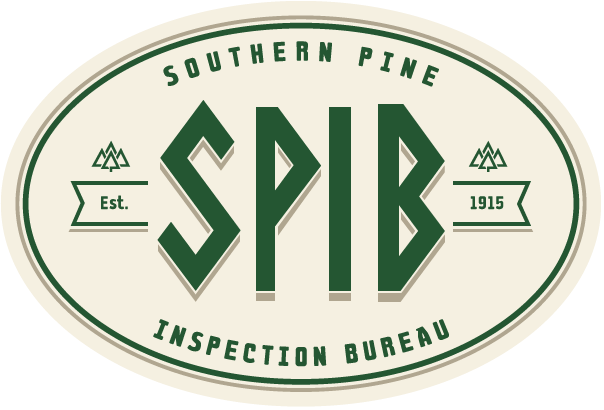
Lumber Grade-Marking History: 1930
Introduction
Just a few days into 1930 on January 6, the first diesel engine automobile trip was completed. A driver successfully traveled all the way from Indianapolis, Indiana to New York City – an incredible feat of human achievement at the time.
Just a few days later on January 13, the Mickey Mouse comic strip made its first appearance. Elm Farm Ollie became the first cow to fly in an airplane on February 18, although that’s a totally different story altogether.
Indeed, 1930 seemed to be a major year of “famous firsts” across the country.
Big things were happening across the lumber industry in 1930, too. It was then that the Southern Pine Association met jointly with the retail branches of the lumber industry in an effort to lay the groundwork for big, big things that were to come over the course of the decade. You’ll find out about changes caused by the Great Depression – particularly as they related to small mill factors – and the quality lumber plan that was enthusiastically approved as a result.
You’ll also find out about how the National Lumber Dealers Association submitted a code of ethics for the individual consideration of those in the lumber industry – and how the retailer lumber dealer was recognized as the proper distributor for most classes of business for the first time.
Again, it’s important to trace the industry back to these early days to better illustrate just how far we’ve come across much of its existence. It’s a topic that we find fascinating and we hope that you will continue to do so, too.
1930
The Southern Pine Association met jointly with the retail branches of the lumber industry. Open conferences between the association members and visiting retailers were held. Depression caused changes – small mill factors – were leading subjects. The quality lumber plan had enthusiastic approval.
Trade promotion had devoted a large part of its time and effort in successfully bringing to the minds of engineers and architects the idea that their professional protection was by way of specifying official grade-marked lumber. More inquiries for grade-marked lumber evidenced accomplishment – extending even to the highway departments of the various states where particular specifications were written including a requirement for grade-marked lumber. The building and loan associations referred to grade-marked lumber as a designation of quality.
Correct merchandising practices were approved at a conference between the Southern Pine Association and retail lumber dealers associations. All other organizations of lumber manufacturers were expected to adopt them.
The National Lumber Dealers Association submitted a code of ethics for the individual consideration of those engaged in the lumber industry. The retail lumber dealer was recognized as the proper distributor, within his trade territory, of all lumber except the following classes of business, which were commonly sold by manufacturers, wholesalers, and retailers:
1. The Departments of the State and Federal Governments.
2. Shipyards and large dock builders.
3. Directly to railroads.
4. Large users of industrial lumber who buy regularly in carload lots but not for purposes in connection with building construction.
Dealers continued to demand grade-marked lumber. Much inferior material was on the market – resulting from uncurbed grade-substitution. The official stamp identifying grade-marked lumber by the association responsible for the species was again emphasized as the retailers’ protection for the consuming public.
The North Carolina Pine Association merger with the Southern Pine Association was ratified. A brief was submitted Feb. 8, 1930, by the Southern Pine Association to the American Trade Association Executives in competition for their award to the trade association demonstrating having accomplished the greatest public service. Comprising two volumes, the first was devoted to a review of the growth and value of grade-marking by eight topic assignments under headings styled “General Regulations Nos. 1 to 8” inclusive; the second, literature, advertising copy, and general information.
May 1, 1932, was the last issue of the Lumber Trade Journal – sold out to the Southern Lumbermen.
The Kendall Bill which prohibited the importing into the U. S. of lumber manufactured, transported or loaded by forced or indentured labor, was actively supported.
